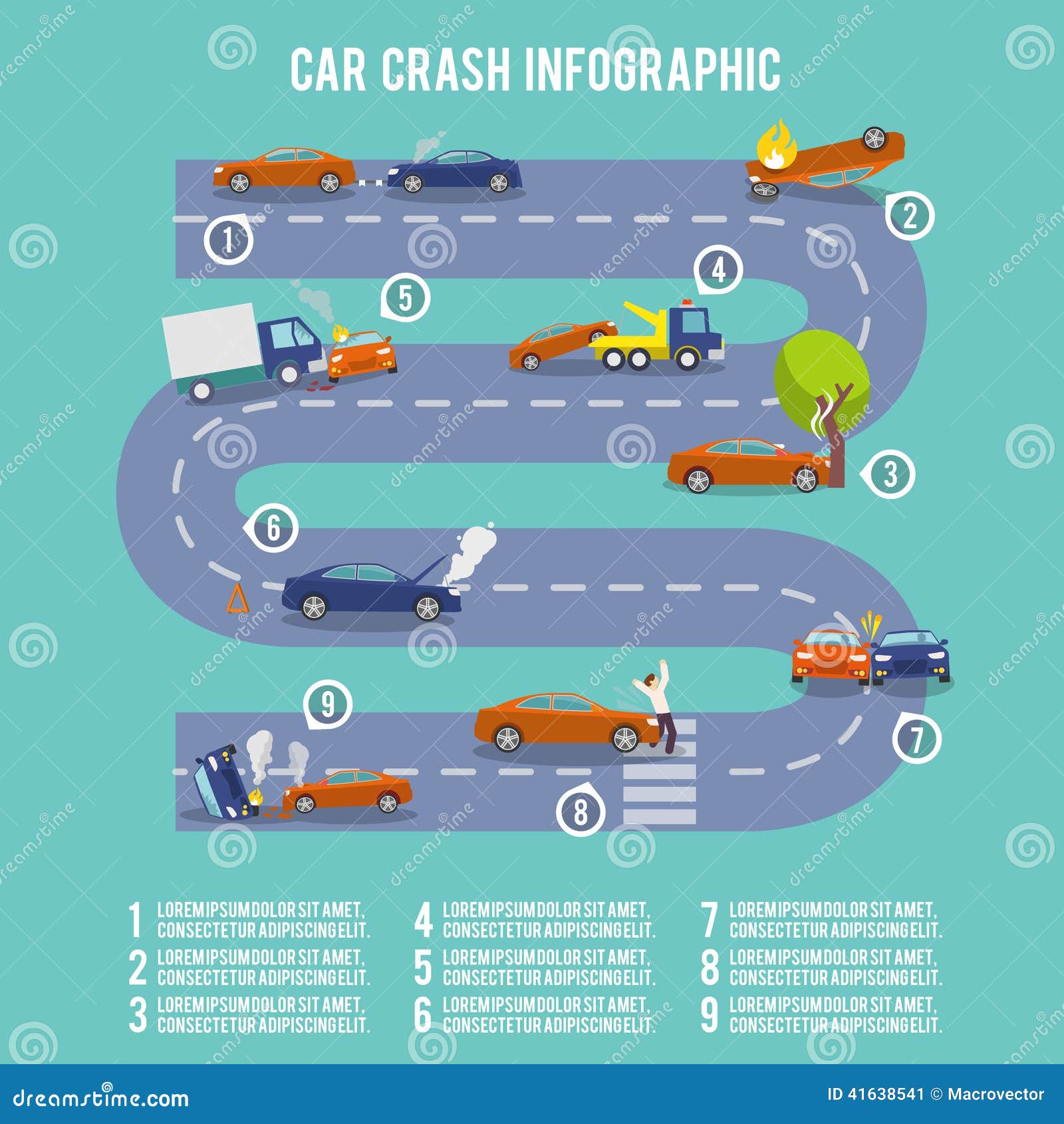Understanding The Relevance Of Your Auto'S Warning Signals: What They Actually Represent
Understanding The Relevance Of Your Auto'S Warning Signals: What They Actually Represent
Blog Article
Created By-Termansen Winters
When you lag the wheel, those radiant caution lights on your dashboard can be a little bit puzzling. Do you understand what they're attempting to inform you about your automobile's wellness? Understanding the value of these lights is essential for your safety and security and the long life of your car. So, the next time among those lights pops up, wouldn't you intend to understand its message precisely and take the required steps to address it?
Common Warning Lighting and Interpretations
Identify common warning lights in your vehicle and comprehend their meanings to ensure safe driving.
Recommended Online site of the most normal caution lights include the check engine light, which signifies concerns with the engine or emissions system. If this light comes on, it's crucial to have your vehicle inspected without delay.
The oil pressure cautioning light indicates reduced oil pressure, requiring prompt attention to prevent engine damages.
A blinking battery light might suggest a faulty charging system, potentially leaving you stranded otherwise dealt with.
The tire stress surveillance system (TPMS) light informs you to low tire pressure, affecting vehicle security and fuel efficiency. Neglecting this could bring about harmful driving problems.
The abdominal muscle light indicates a problem with the anti-lock stopping system, endangering your capability to quit promptly in emergency situations.
Finally, the coolant temperature cautioning light warns of engine getting too hot, which can cause severe damages if not fixed quickly.
Comprehending these usual warning lights will assist you attend to concerns without delay and keep safe driving problems.
Importance of Prompt Focus
Comprehending the typical caution lights in your vehicle is just the very first step; the importance of without delay dealing with these warnings can not be highlighted enough to guarantee your safety on the road.
When simply click the up coming internet page brightens on your dashboard, it's your auto's means of connecting a prospective problem that needs interest. Ignoring these cautions can bring about extra serious problems in the future, endangering your safety and security and possibly costing you more out of commission.
Motivate attention to cautioning lights can stop malfunctions and mishaps. For example, a flashing check engine light can indicate a misfire that, if left neglected, might trigger damages to the catalytic converter. Addressing this quickly can save you from an expensive repair work.
Likewise, a brake system alerting light could signal low brake liquid or worn brake pads, crucial parts for your safety when driving.
DIY Troubleshooting Tips
If you observe a caution light on your dashboard, there are a few do it yourself troubleshooting pointers you can try prior to seeking professional help.
The very first step is to consult your vehicle's manual to comprehend what the particular caution light shows. In some cases the issue can be as simple as a loose gas cap causing the check engine light. Tightening the gas cap might solve the problem.
One more common concern is a reduced battery, which can activate different cautioning lights. Checking the battery connections for rust and guaranteeing they're safe and secure may deal with the issue.
If a caution light lingers, you can try resetting it by detaching the cars and truck's battery for a couple of mins and afterwards reconnecting it. Furthermore, examining https://www.kbb.com/car-news/car-repairs-stretching-for-weeks-thanks-to-supply-problems/ , such as oil, coolant, and brake fluid, can help repair warning lights connected to these systems.
Final thought
To conclude, recognizing your car's caution lights is essential for maintaining your car running smoothly and safely. By immediately addressing these signals and understanding what they imply, you can avoid expensive repair work and potential failures.
Remember to consult your vehicle's guidebook for particular information on each alerting light and take action accordingly to make certain a trouble-free driving experience.
Remain informed, remain risk-free when driving!
